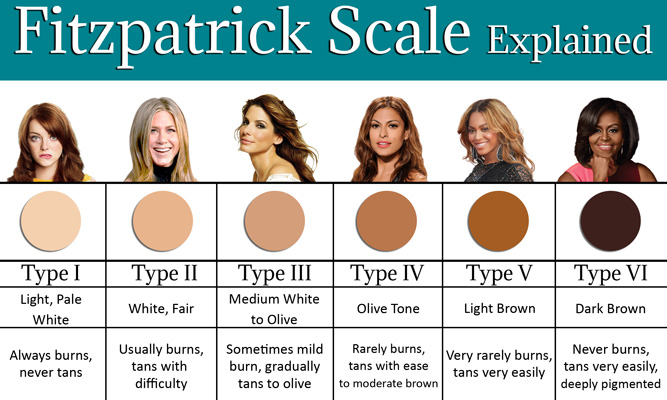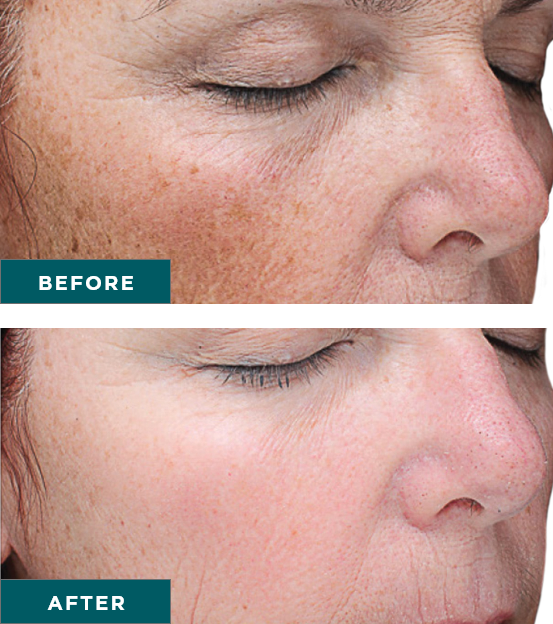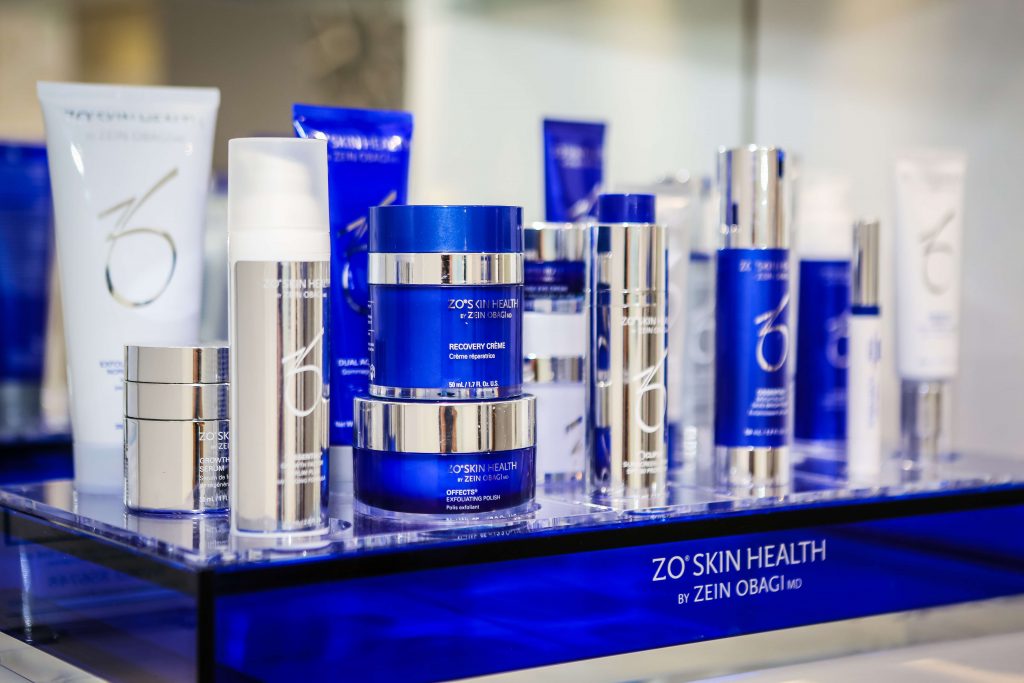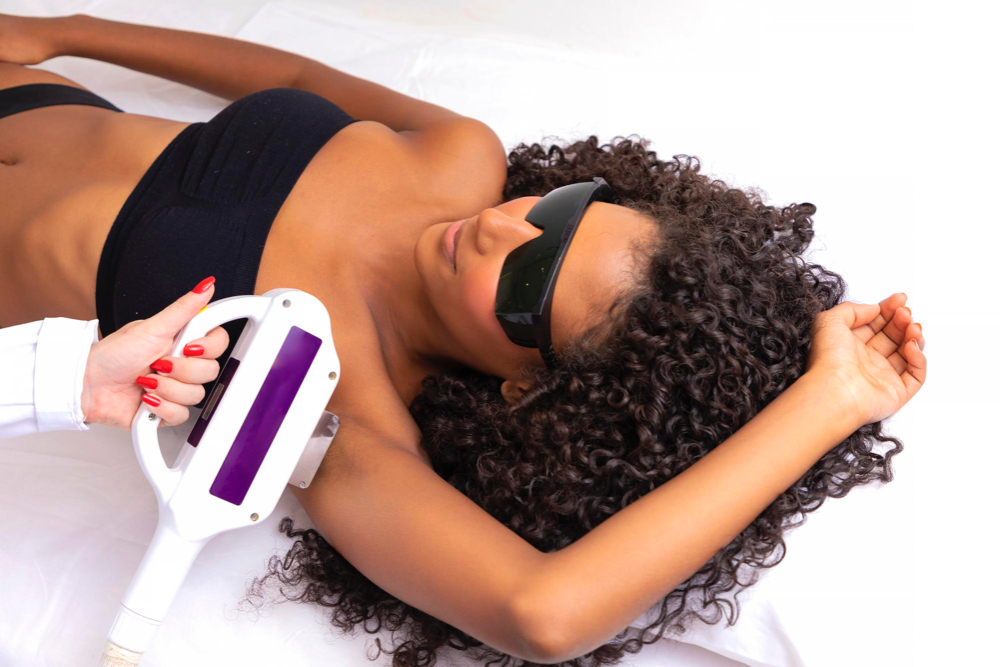Chemical peels are cosmetic procedures that improve the appearance and texture of the skin. They involve applying a chemical solution to the skin, which causes controlled damage to the outer layers. This promotes the growth of new skin cells and removes old, damaged skin.
Types of Chemical Peels
There are three main types: superficial peels, medium peels, and deep peels, which vary in their depth of penetration and the skin concerns they address.
- Superficial Peels: These peels are the mildest and only target the outermost layer of the skin (epidermis). They are typically made with alpha-hydroxy acids (AHAs), such as glycolic acid or lactic acid. Superficial peels help improve skin texture, tone, and minor discoloration. They are often used to treat mild acne, fine lines, and sun damage.
- Medium Peels: Medium-depth peels penetrate the epidermis and reach the upper layers of the dermis. They are typically made with trichloroacetic acid (TCA) or a combination of TCA and other acids. Medium peels can address more significant skin concerns, including wrinkles, age spots, and moderate acne scars. They may require some downtime for the skin to heal.
- Deep Peels: Deep peels penetrate into the deeper layers of the dermis. They are typically performed using a strong acid called phenol. Deep peels are the most aggressive and can effectively address severe wrinkles, deep scars, and significant sun damage. Due to their intensity, deep peels usually require a longer recovery time and are often done under sedation or anesthesia.
During a chemical peel procedure, the skin is cleansed and prepped, and the chemical solution is carefully applied to the skin. The solution is left on for a specific amount of time, depending on the type of peel and desired results. Afterward, the solution is neutralized, and the skin is moisturized and protected. The peeling process typically occurs within a few days to a week, during which the old skin gradually sheds, revealing newer, rejuvenated skin.
An important factor to consider when you’re choosing the right chemical peel for you is your skin type.
Skin Types & Chemical Peels
A chemical peel can reduce the appearance of acne, scarring, wrinkles, and sun damage. They work differently based on how deeply they exfoliate the skin.
Chemical peels for black skin
Superficial peels are the best options for dark skin. Your doctor may first try low levels of glycolic acid and salicylic acid. Studies show glycolic acid and salicylic acid are safe and effective. These, along with retinol and Jessner peels, have the lowest skin complications with the best results.
Medium and deep chemical peels are often not suitable for clients with Fitzpatrick type VI skin. This is because the deeper chemical peels come with an increased risk of hyperpigmentation in skin types IV, V and VI. Despite this, there is a range of superficial and a select few medium-depth peels that are suitable for darker skin types, including:
- Glycolic acid 20-70%
- Trichloroacetic acid 10-35%
- Salicylic acid 20-30%
- CO2
- Pyruvic acid
- Jessner’s solution
Chemical peel for fair skin
Fitzpatrick skin types I-III range from those with very fair skin with freckles and blue eyes through to those with pale skin who are still able to tan but sometimes sustain burns on exposure to the sun.

Fairer skin types can often tolerate chemical peels of all depths and a client with skin type I is the ideal candidate for a deep chemical peel. At sk:n, we provide a comprehensive range of chemical peels, including the Medik8 range, so regardless of your skin concerns, we have a suitable and effective peel for you.
What precautions should I take before a chemical peel?
If a priming agent is required in preparation for your chemical, ensure that you engage with the prescribed regime. Usually, preparations should be discontinued 5 days before the chemical peel, however, this may vary.
Do not use retinoid-containing products for at least 3 days before the chemical peel and do not undergo any waxing or exfoliating treatments in the week beforehand.
Following your chemical peel, you should minimise sun exposure and use UVA and UVB protecting SPF. It is expected that there will be mild redness and itching following a chemical peel, but it is important to avoid picking, scratching or peeling the skin as much as possible.
Are Chemical Peels Safe?
Chemical peels are safe, but there can be some side effects. Some side effects are more common in people with darker skin.
You should avoid chemical peels if you have sensitive skin, a history of irregular scarring, or lesions near the area being treated, or if you would have to spend time in the sun during the healing period.
Most chemical peels can cause your skin to redden, scab, or swell temporarily. This side effect is expected and part of the healing process. A chemical peel can also sometimes cause scarring, but antibiotics or steroid medications can treat the scars.
Because chemical peels damage the skin, you are at risk for infections. You could get a new bacterial or viral infection or have a flare-up of an existing infection.
It’s important to note that chemical peels should be performed by trained professionals, such as dermatologists or licensed aestheticians, as they involve the use of chemicals that can cause side effects if not used properly. The depth and intensity of the peel should be determined based on an individual’s skin type, concerns, and desired results.
If you are interested in finding out more about chemical peels, book a consultation.
PS: At Lavish Wellness & Aesthetics, we recommend VI Peel. Vitality Institute (VI) peels are chemical peels, which may help with aging skin, oily skin, acne, and sun damage. The three main ingredients are trichloroacetic acid, salicylic acid and phenol.



